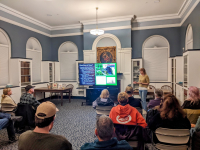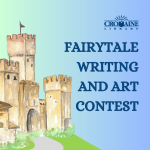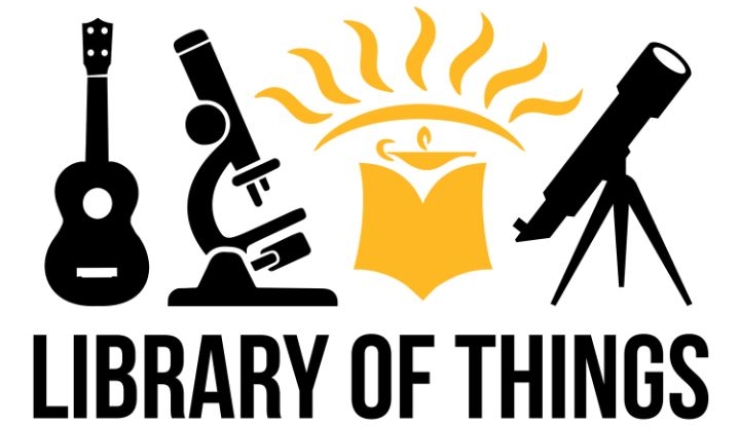Upcoming Events
Resume Review with Michigan Works!
Resume Review with Michigan Works!
Half-hour appointments for resume review are made directly with Michigan Works! resume expert, Patty Sudbay. Call 517-552-2106 or email her at psudbay@mwse.org to arrange your appointment. Patty has times available for other dates if today doesn't work for you, so be sure to contact her. Meetings are held by telephone or Zoom.
Baby Playtime
Enjoy a variety of toys and activities in this open-ended playtime with opportunities for parents and caregivers to chat!
Disclaimer(s)
Accompanying Adults
This program is designed for children and accompanying adults. Please plan to attend and be engaged with your child for this program. Drop offs will not be permitted.
Arts and Chats
Arts and Chats
Connect with fellow artists and crafters to work on projects and chat! This is a series of intergenerational events designed for all ages: children, teens, and adults.
Any child under 8 years old must be accompanied by a parent or caregiver.
This month: Jarred Cookie Mixes! Make one to give as a gift or keep for yourself! Register online or by phone.
Tween Night: Gift-Making Extravaganza
Use our supplies to make a special gift for someone you care about! For grades 5-7. Registration encouraged for event reminders, but not required.
Library News

Ale Together Now: Back to Basics - Water!
We went back to basics for our most recent Ale Together Now program, exploring how water contributes to beer and how it is used in the brewing process.

Fairytale Writing and Art Contest: 2025!
Our annual Fairytale Writing and Art Contest has concluded, and once again, we received fantastic entries!

Recipe Club and Potluck: November 2025
November's Recipe Club and Potluck program featured a variety of delicious, cozy recipes!


























